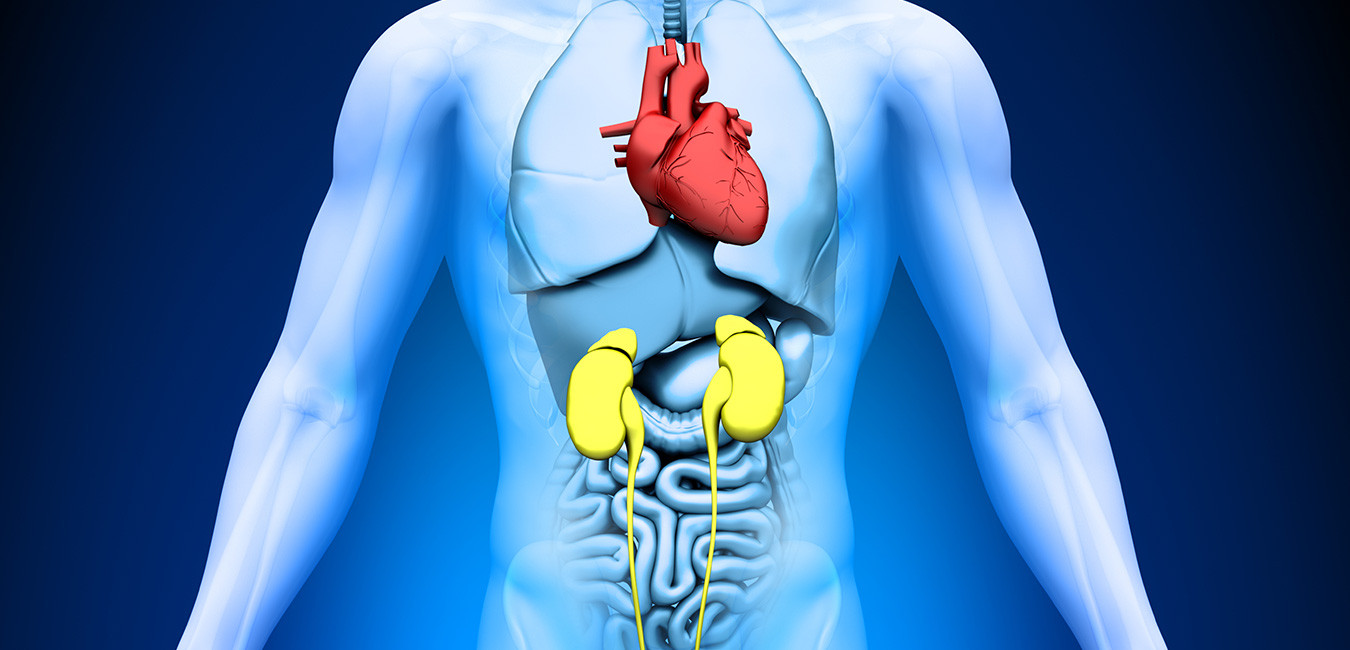A novel biomarker called ADMA/SDMA is an independent predictor of heart attack risk and may also identify patients with diabetes, pre-diabetes or kidney disease, according to recent peer-reviewed studies.
The ADMA/SDMA biomarker blood test, now available through Cleveland HeartLab (CHL), measures levels of asymmetric dimethylarginine (ADMA) and symmetric dimethylarginine (SDMA). Elevated levels of these biomarkers can signal damage to the endothelium, the inner lining of blood vessels.
“Not only does this test help medical practitioners do a better job of assessing the health of the arterial wall, but it can also help identify the cause of problems like high blood pressure and vascular inflammation” says Amy Doneen, DNP, ARNP, medical director of the Heart Attack & Stroke Prevention Center in Spokane, Washington.
“Very often, as a 2002 study published in JAMA demonstrated, elevated levels of ADMA and SDMA are one of the earliest signs of insulin resistance, the root cause of both type 2 diabetes and about 70 percent of heart attacks,” adds Dr. Doneen, coauthor of Beat the Heart Attack Gene.
A new study suggests that insulin resistance may also raise risk for Alzheimer’s disease by starving the brain of sugar needed for normal cognition.
How Does the ADMA/SDMA Test Work?
Sometimes called the “brain” of the arteries, the endothelium plays a vital role in regulating blood pressure, immunity, and blood clotting. It also acts as a smart barrier between your blood and the walls of your arteries.
Amazingly, says Dr. Doneen, “the endothelium is only one cell thick, yet is the largest organ in the body; if it was removed from the blood vessels and flattened, it would cover six tennis courts.”
If the endothelium is damaged, LDL (bad) cholesterol particles can invade vessels and form plaque, potentially leading to a heart attack or stroke if the plaque becomes inflamed and ruptures. Endothelial damage also raises risk for kidney failure.
“When ADMA or SDMA are elevated, the endothelium is robbed of one of the most powerful nutrients it needs to maintain health: nitric oxide,” continues Dr. Doneen. Levels of both biomarkers, which are naturally produced as proteins are broken down, may rise in people who smoke, eat a poor diet, or have high cholesterol, high blood pressure or high blood sugar.
ADMA: One of the Strongest Risk Predictors for Heart Attack
In a study of 1,908 people with heart disease who were tracked for nearly 3 years, those with the highest levels of ADMA at baseline were 2.5 times more likely to die from heart-related causes or suffer non-fatal heart attacks than participants with the lowest levels, even when such potential confounders as traditional risk factors (such as smoking, high blood pressure, and diabetes) and levels of several biomarkers including C-reactive protein were taken into account.
The researchers ranked ADMA as one of the “strongest risk predictors,” adding that it had “prognostic value beyond traditional risk factors and novel biomarkers and might guide therapeutic strategies.” The study was published in the American Heart Association journal Circulation Research.
Another study of 2,543 people with and 695 people without heart disease, published in Clinical Chemistry found that ADMA levels independently predicted both all-cause and cardiovascular mortality in heart patients “independently of established and emerging risk factors.”
Earlier research shows a strong link between elevated ADMA and high cholesterol, with the researchers also reporting that, “ADMA may be a novel risk factor for endothelial dysfunction in humans.”
SDMA: A Biomarker of Cardiovascular and Kidney Risk
In a large 2011 study of patients undergoing coronary angiography to reopen blocked arteries, those with the highest levels of SDMA had a 1.5 times higher rate of death from cardiovascular causes over the next 7.7 years, compared to those with the lowest levels, even adjusting for confounding factors.
Not only did the researchers report that elevated levels of SDMA are “an independent cardiovascular risk,” but they also found that it is “an excellent marker of renal (kidney) function.” A meta-analysis of 18 studies involving 2,136 patients suggesting that, “ADMA and SDMA could be used as a combined marker of classical cardiovascular risk and renal function.”
“When used along with other tests of arterial health, such as inflammation testing–which can serve as a ‘fire alarm’ of heart attack and stroke risk in patients who may seem otherwise healthy–ADMA/SDMA can be helpful in two ways,” says Dr. Doneen. “First, it may improve initial identification of at-risk patients, and second, it can be an additional tool to monitor the effectiveness of treatment.”
Therapies to lower ADMA/SDMA levels may include lifestyle changes to boost the health of the endothelium, such as weight loss, eating more fruits and vegetables, limiting or avoiding sugary and salty foods, regular exercise, and drug treatment to lower cholesterol and blood pressure if they are too high.
Dr. Doneen advises anyone with elevated levels of these biomarkers to be screened for diabetes/prediabetes with a 2-hour oral glucose tolerance test.

